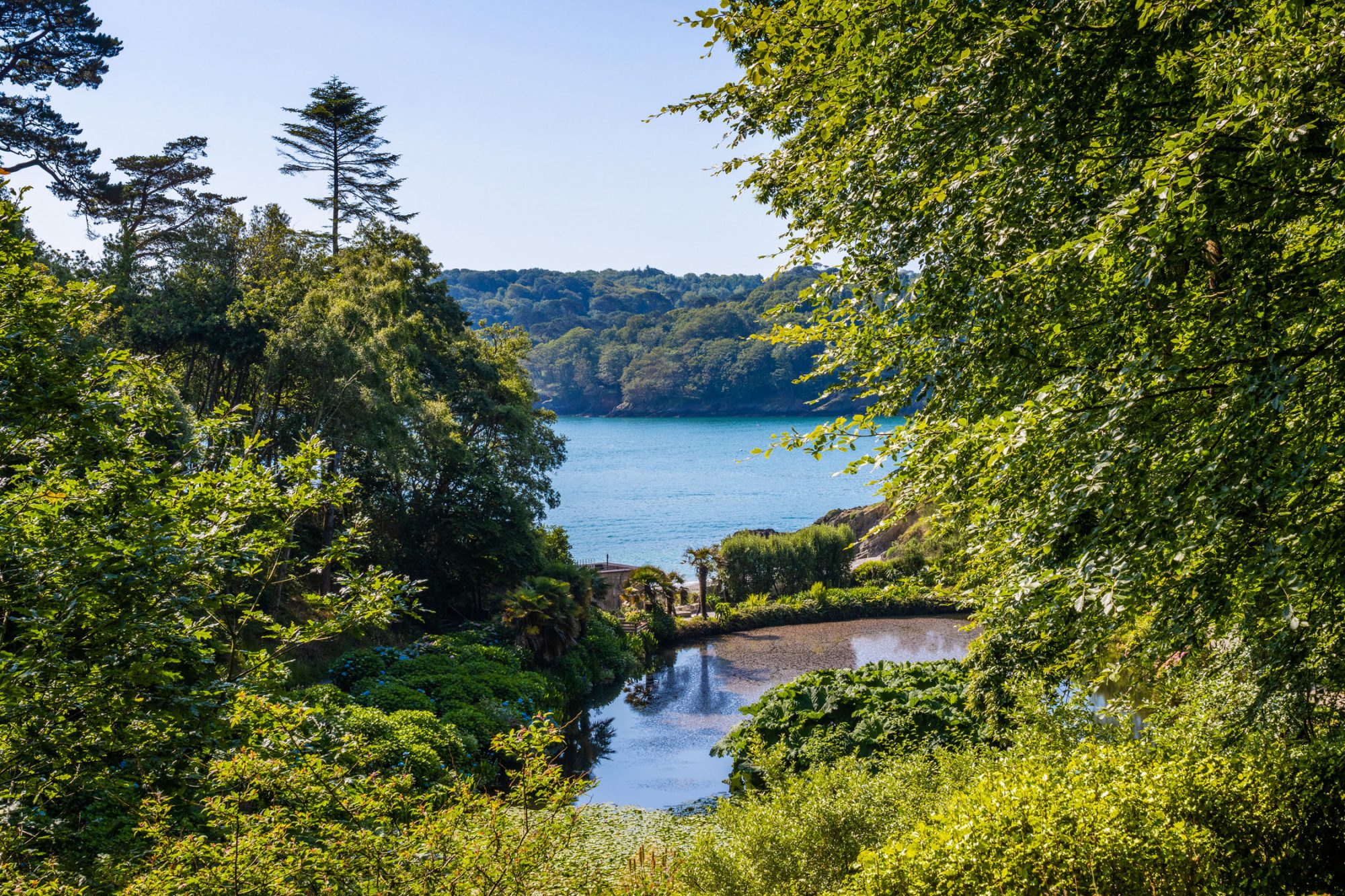Charles & Sarah Fox
Owned Trebah 1831-1878
Charles (1797-1878) and Sarah (1800-1882) bought Trebah on 27th April 1831, as recorded in his brother Alfred’s diary, and owned it until 1878. Charles was from the prosperous Fox family of Falmouth: devout Quakers known for their business acumen, philanthropy, and horticultural expertise. Never far from family, Charles’ brother Alfred lived next door at Glendurgan, with another brother Robert at Penjerrick in Budock Water, while other members of the Fox family were firmly rooted in nearby Falmouth.


A garden is born
When the Foxes arrived at Trebah, the garden would have looked entirely different to how we see it today. At that time it was a wooded valley, full of native trees which opened out onto a small cove at the bottom.
Charles and Sarah’s first plan for the garden was to plant rows of trees on either side of the valley, known as a shelterbelt, which would, in time, provide additional protection to their new garden from strong winds.
These included conifers, Scots pine, silver fir, holm oak and Monterey pine. A number of these trees still remain in the garden today.
It’s possible to enjoy a glimpse of the sea at the foot of the valley today, however in the 1800s there would likely have been far-reaching views towards the mouth of the Helford and Falmouth Bay. Much of this has now been obscured by the growth of the shelterbelt trees.
A boathouse was built on the west side of the beach, which stood until its demolition for the war effort in 1944, before being rebuilt in its current position in 1963.

Ordnance Survey Map
Surveyed 1878, published 1888
This historical map is a wonderful record of Trebah from the late 1800s. The boundaries of the garden are clearly shown and the original boathouse on the beach is referenced too.
Well connected
Through the family shipping business, the Foxes had access to an array of newly discovered plants from around the world in a time when botany was very fashionable for wealthy Victorians.
A number of Cornish gardens benefitted from the finds of ‘plant hunters’ during this period, including Trebah. Whilst plant collections were increased and scientific understanding was advanced, there were impacts on indigenous peoples, resources were exploited, and inevitably some invasive species were introduced.
By the end of Charles and Sarah’s residence, the valley at Trebah had received a wide range of exciting planting, including palm trees, the handkerchief tree and our champion Magnolia campbellii.
A new mansion
In addition to the house and valley, the Fox’s new estate also included Trebah farm and workers’ cottages on the edge of the garden, along with further buildings at nearby Trebah Wartha.
The Foxes lived in the Georgian property, which stills stands today and was referred to in family diaries as a “cottage” until, in the 1850s, a new “handsomely built house” was constructed.
The two houses were connected, with the existing house used as accommodation for their staff, whilst the family lived in the new mansion; much more befitting of their wealth and status.


Literary legacy
Charles was fondly acknowledged as a literary man, with a passion for learning and information. According to his obituary, he was “a great reader and a close observer, endowed with a rare memory.”
Sarah was a successful writer, published poet and much-loved matriarch of her family. Through her niece Caroline Fox’s journals, we know that Sarah, who often used the surname Hustler Fox, brushed shoulders with notable figures of the day including William Wordsworth and Hartley Coleridge.
Charles and Sarah had two daughters, Juliet (1826-1898) and Jane (1828-1833), who sadly passed away at the age of 4. They owned Trebah until Charles’ death in 1878, when it was inherited by Juliet and her husband Edmund Backhouse. Sarah saw out her days at Trebah, overlooking the garden she helped create.
“Theirs was for half a century of married life a united career of practical Christian philanthropy.”
Excerpt from Sarah Hustler Fox’s obituary



